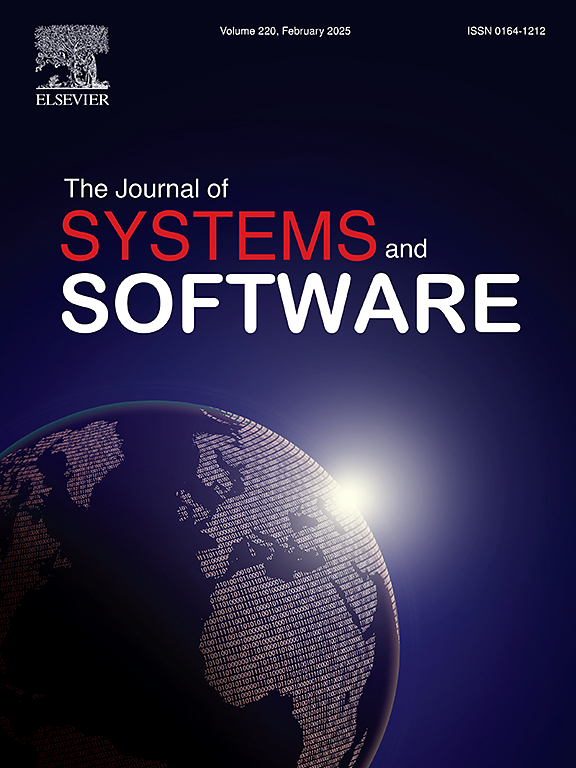Automatic instantiation of assurance cases from patterns using large language models
IF 3.7
2区 计算机科学
Q1 COMPUTER SCIENCE, SOFTWARE ENGINEERING
引用次数: 0
Abstract
An assurance case is a structured set of arguments supported by evidence, demonstrating that a system’s non-functional requirements (e.g., safety, security, reliability) have been correctly implemented. Assurance case patterns serve as templates derived from previous successful assurance cases, aimed at facilitating the creation of new assurance cases. Despite using these patterns to generate assurance cases, their instantiation remains a largely manual and error-prone process that heavily relies on domain expertise. Thus, exploring techniques to support their automatic instantiation becomes crucial. This study aims to investigate the potential of Large Language Models (LLMs) in automating the generation of assurance cases that comply with specific patterns. Specifically, we formalize assurance case patterns using predicate-based rules and then utilize LLMs, i.e., GPT-4o and GPT-4 Turbo, to automatically instantiate assurance cases from these formalized patterns. Our findings suggest that LLMs can generate assurance cases that comply with the given patterns. However, this study also highlights that LLMs may struggle with understanding some nuances related to pattern-specific relationships. While LLMs exhibit potential in the automatic generation of assurance cases, their capabilities still fall short compared to human experts. Therefore, a semi-automatic approach to instantiating assurance cases may be more practical at this time.
使用大型语言模型从模式中自动实例化保证用例
保证案例是由证据支持的一组结构化的论证,证明系统的非功能需求(例如,安全性、安全性、可靠性)已被正确实现。保证用例模式作为从以前成功的保证用例派生出来的模板,旨在促进新的保证用例的创建。尽管使用这些模式来生成保证用例,但它们的实例化仍然是一个很大程度上手动且容易出错的过程,严重依赖于领域专业知识。因此,探索支持其自动实例化的技术变得至关重要。本研究旨在调查大型语言模型(llm)在自动化生成符合特定模式的保证案例方面的潜力。具体来说,我们使用基于谓词的规则形式化保证案例模式,然后利用llm,即gpt - 40和GPT-4 Turbo,从这些形式化模式自动实例化保证案例。我们的研究结果表明,法学硕士可以生成符合给定模式的保证案例。然而,这项研究也强调,法学硕士可能很难理解与模式特定关系相关的一些细微差别。虽然法学硕士在自动生成保证案例方面显示出潜力,但与人类专家相比,它们的能力仍然不足。因此,在这个时候,用半自动的方法实例化保证用例可能更实用。
本文章由计算机程序翻译,如有差异,请以英文原文为准。
求助全文
约1分钟内获得全文
求助全文
来源期刊

Journal of Systems and Software
工程技术-计算机:理论方法
CiteScore
8.60
自引率
5.70%
发文量
193
审稿时长
16 weeks
期刊介绍:
The Journal of Systems and Software publishes papers covering all aspects of software engineering and related hardware-software-systems issues. All articles should include a validation of the idea presented, e.g. through case studies, experiments, or systematic comparisons with other approaches already in practice. Topics of interest include, but are not limited to:
•Methods and tools for, and empirical studies on, software requirements, design, architecture, verification and validation, maintenance and evolution
•Agile, model-driven, service-oriented, open source and global software development
•Approaches for mobile, multiprocessing, real-time, distributed, cloud-based, dependable and virtualized systems
•Human factors and management concerns of software development
•Data management and big data issues of software systems
•Metrics and evaluation, data mining of software development resources
•Business and economic aspects of software development processes
The journal welcomes state-of-the-art surveys and reports of practical experience for all of these topics.
 求助内容:
求助内容: 应助结果提醒方式:
应助结果提醒方式:


